Scientists and other STEM professionals from around Wisconsin are doing amazing things.
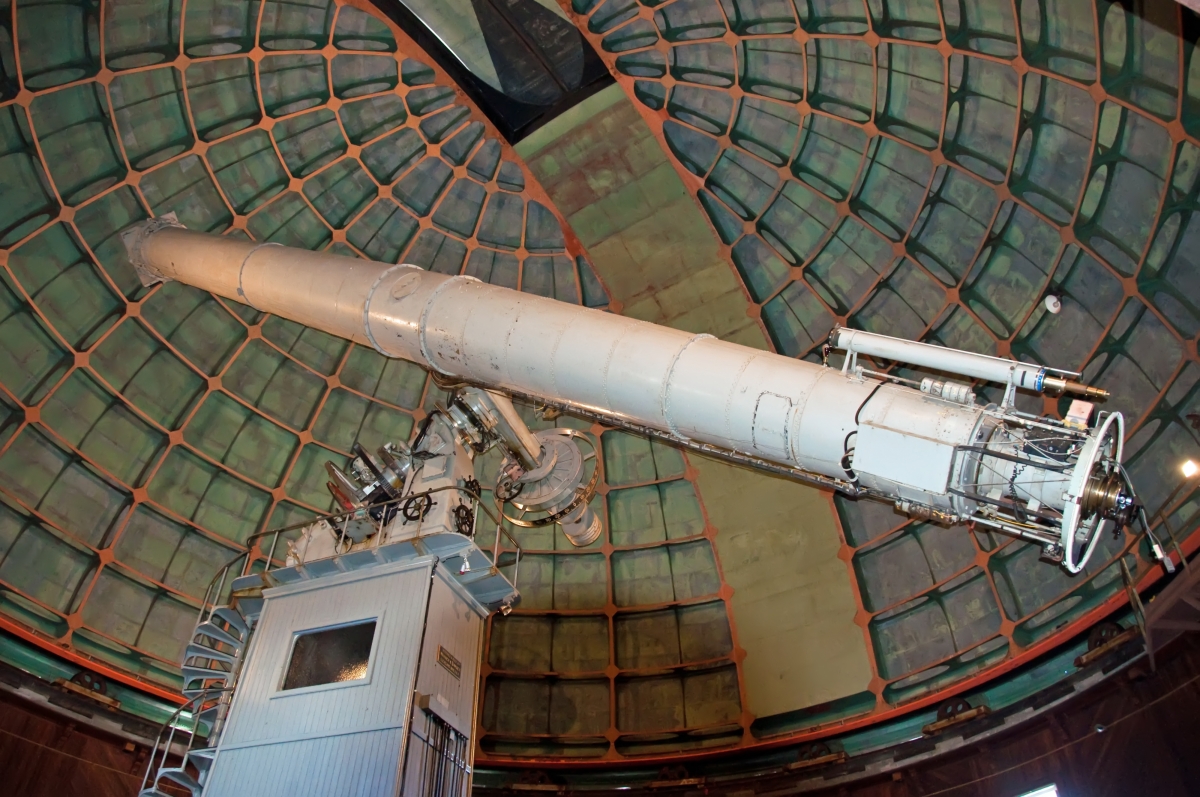 This project aims to help students and teachers connect to the stories of Wisconsin STEM professionals from a variety of cultures and backgrounds to support students' identities as scientists and STEM-capable people. We highlight the standards that connect to the work of these professionals and related teaching resources. If you would like to be featured on this page or know of others who should be, send a note to Kevin (link at bottom of page). Here are some lesson ideas for how to use the resources below. Some of these professionals also agreed to share their contact information to support your work. Thank you to Alice Severson, Dolly Ledin, Melina Lozano, and Emily Adah Miller for their work in creating this resource collection.
This project aims to help students and teachers connect to the stories of Wisconsin STEM professionals from a variety of cultures and backgrounds to support students' identities as scientists and STEM-capable people. We highlight the standards that connect to the work of these professionals and related teaching resources. If you would like to be featured on this page or know of others who should be, send a note to Kevin (link at bottom of page). Here are some lesson ideas for how to use the resources below. Some of these professionals also agreed to share their contact information to support your work. Thank you to Alice Severson, Dolly Ledin, Melina Lozano, and Emily Adah Miller for their work in creating this resource collection.
In-depth connections to additional Wisconsin scientists and their research can also be found in the PBS Wisconsin Meet the Lab resource.
A range of women in science can found through the If/Then Collection, with professional images and biographical information.
Life Sciences
- Katina DeShong - Cancer Clinical Research Program Manager at the Carbone Cancer Center - Madison, WI
- Ashley Gries - Environmental Conservationist at the Nelson Institute, UW-Madison - Madison, WI
- Loretha Jack - Environmental/Earth Science Engineer with Wisconsin Green Fire and The Nature Conservancy - Milwaukee, WI
- Michael Waasegiizhig Price - Traditional Ecological Knowledge Specialist at the Great Lakes Indian Fish and Wildlife Commission - Odanah, Wisconsin
- Alexandra Bohman - Forest Ecologist at the Great Lakes Indian Fish and Wildlife Commission - Odanah, Wisconsin
- Sierra Love - Genetics Student and Research Assistant at UW-Madison - Madison, WI
Physical Sciences
- Dr. Lorena M. Rios Mendoza - Professor of Chemistry at UW-Superior - Superior, WI
Earth and Space Sciences
- Eric Wilcots - Astronomer, Professor, and Dean of the College of Letters & Science at UW-Madison - Madison, WI
- Serge Koenig - Land and Resources Environment Staff at Wisconsin Land and Water Resources Association - Baraboo, WI
- Ankur Desai - Scientist and Professor in the Department of Atmospheric and Oceanic Sciences at UW-Madison - Madison, WI
Engineering and Computer Science
- Jennalynn Waterstradt - Computer/Machine Coding at Alstrom Munksjo - Kaukauna, WI
Other STEM Fields
- Karen DeShong - Elementary Science Teacher at Hamilton School District - Sussex, WI
- Emily Mills - Media & PR Manager at The Nature Conservancy - Madison, WI
- Tiaira Porter, MS - Student Support Specialist at WISCIENCE, UW-Madison - Madison, WI
Katina DeShong - Cancer Clinical Research Program Manager at the Carbone Cancer Center
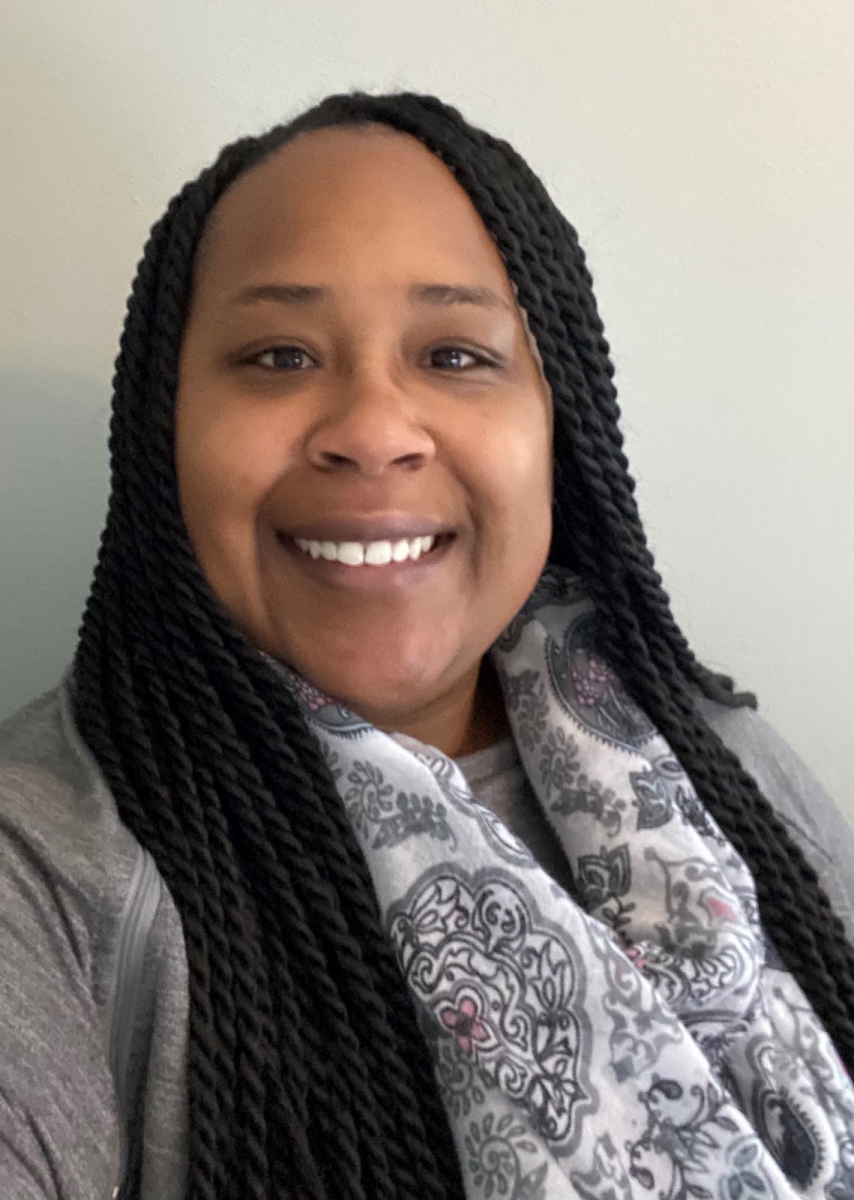
DCI Life Science
LS1.A Structure and Function
LS1.B Growth and Development of Organisms
ETS1 Engineering Design
Madison
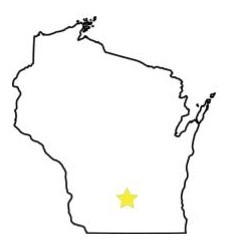
Background and Interest in Science:
What made me interested in science started as young as I can remember when my mom, who is a science teacher, would show us science experiments at home. From there I become really interested in the body and wanted to learn how it functioned, as well as what made people sick and how could we make them better. In college I studied Medical Microbiology and Immunology and became very interested in research as it was a way for me to contribute, by discovering methods to help people with different diseases. That passion transitioned from lab research to human research and led me to the career I have today.
Job Description:
I am a Cancer Clinical Research Program Manager at the University of Wisconsin Madison Carbone Cancer Center. I develop, conduct, and oversee cancer clinical research trials. We look to see how cancer is developed in the body and investigate drugs that could prevent or stop that development. I recruit patients to participate in these clinical trials and investigate how well the drugs we gave them worked at preventing or curing cancer. I am currently the only African American clinical research program manager in my department.
Race, ethnicity and/or other personal identifiers: Black, African American
Contact:
Email: kdeshong@uwcarbone.wisc.edu or deshong@wisc.edu
Teacher Resources and Reference Materials:
- Discovery Engineering in Biology: Case Studies for Grades 6–12 - book from NSTA Press by Rebecca Hite, Gina Childers, Megan Ennes, and M. Gail Jones -- Includes guides to use 20 real-world case studies that blend biology, engineering, and serendipity
- PBS video clip - What is Cancer? - plus others from the Ken Burns' movie, Emperor of All Maladies (grades 7-12)
- American Cancer Society of Wisconsin - resources, advocacy, and information
- Carbone Cancer Center - UW-Madison research and treatment center
- Cell Division and Cancer Risk - lesson materials from HHMI Biointeractive - and standards links available from NSTA (grades 9-12)
- The Goodbye Cancer Garden - a children's book (ages 3-8) where a girl's mother goes through cancer treatments
Ashley Gries - Environmental Conservationist at the Nelson Institute, UW-Madison
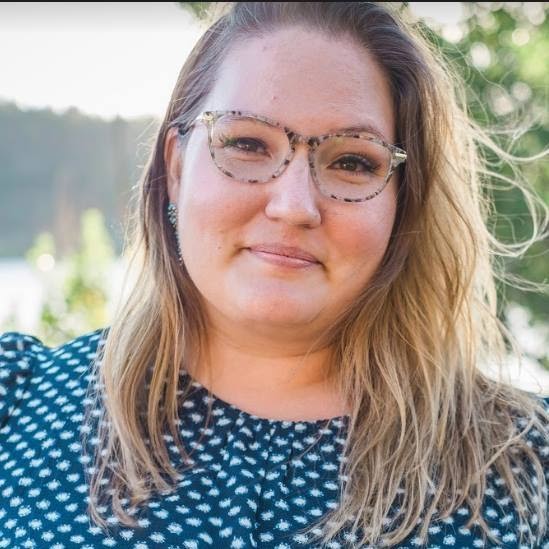
DCI Life Science
LS2 Interactions, Energy, and Dynamics within Ecosystems
ESS3 Earth and Human Activity
ETS1 Engineering Design
SEP8 Obtaining, Evaluating, and Communicating Information
Madison

Background and Interest in Science:
My love of nature was fostered as a child - I spent a lot of my time outdoors - camping, biking, and running around our family's hobby farm. As an adult that love for nature has been transformed into a desire to protect the natural world. My time in the Peace Corps was an eye-opener in seeing the massive anthropogenic changes happening in our environment first-hand, with masses of trash and ocean debris floating up on the beaches in our community, sea turtle eggs being poached, and hectare upon hectare of virgin tropical forest cut down for cattle farming. My background is in design, and I spent a decade working in that field post-graduation, however, my experiences led me to a career-change in working to protect rivers and public land.
Job Description:
Ashley Gries is an Environmental Conservationist, public lands advocate, and a Graduate Student at the University of Wisconsin-Madison's Nelson Institute for Environmental Studies. Her work and research focus on protecting our nation's rivers and streams and serving as an ally to Native Nations working as a water rights advocate and biocultural restorationist. From 2008 to 2010, Ashley served in the United States Peace Corps, working with small coastal communities in Panama to protect endangered sea turtles and addressing public water shortages and literacy issues.
Teacher Resources and Reference Materials:
- Make a Splash! A Kid's Guide to Protecting Our Oceans, Lakes, Rivers, and Waterways - book for elementary students by Cathryn Berger Kaye and Philippe Cousteau
- Speaking of Nature: Finding Language that Affirms our Kinship with the Natural World - an essay by Robin Wall Kimmerer on our language usage when describing Nature
- Should Rivers Have Rights? - audio w/ basic graphics from YouTube where two professors debate whether natural areas and resources should have "their own rights"
Loretha Jack - Environmental/Earth Science Engineer with Wisconsin Green Fire and The Nature Conservancy
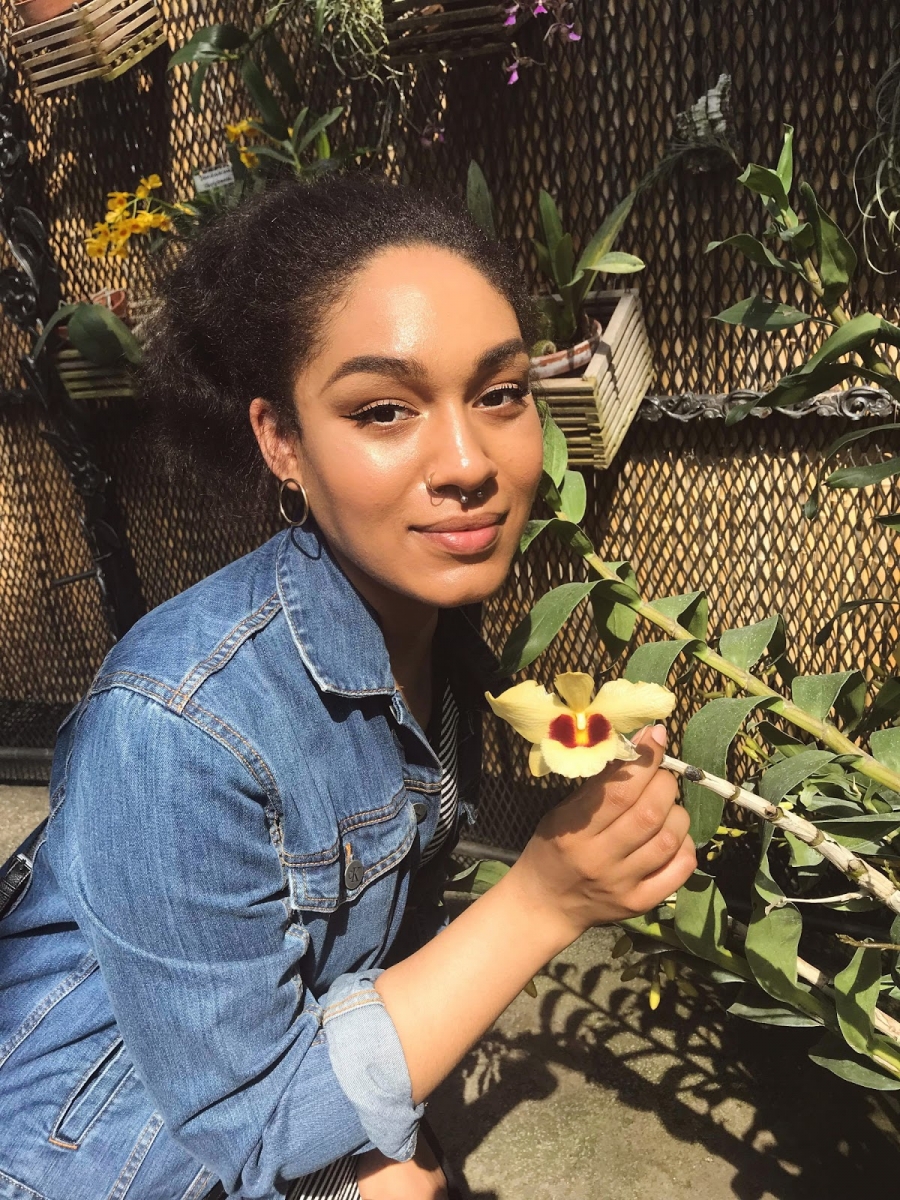
DCI Life Science
LS2 Interactions, Energy, and Dynamics within Ecosystems
ESS3 Earth and Human Activity
ETS1 Engineering Design
SEP8 Obtaining, Evaluating, and Communicating Information
Milwaukee
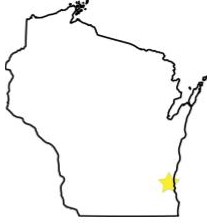
Background and Interest in Science:
Nature was always fascinating to me as a kid, and in high school I took Earth Science and AP Environmental Science, which were really instrumental in shaping my early views on environmental issues. It was alarming to learn that human activities were putting ecosystems around the world at risk, and I wanted to do my part to help build a more sustainable society. I’m a first-generation college student and my family isn’t very academic, so it was a little intimidating to get involved with research at first. However, I know that if we hope to conserve the natural world for generations to come, science must inform our decisions about environmental management, and this has motivated me to pursue a career in ecology and conservation.
Job Description:
Loretha is a recent graduate from the University of Wisconsin-Milwaukee (UWM) and a volunteer with Wisconsin’s Green Fire, an environmental organization which seeks to promote science-based management of natural resources. At UWM she majored in Biological Sciences and Conservation and Environmental Science. Her research has focused on the community ecology of algae and aquatic plants which make up the base of freshwater food webs. Information from this research can be used to manage and maintain aquatic ecosystems throughout Wisconsin. She is currently working with a team from Wisconsin’s Green Fire and The Nature Conservancy who have assessed how recent changes to the definition of Waters of the United States (WOTUS) under the Clean Water Act will impact federal wetland protection in Wisconsin. She is helping to prepare a manuscript for peer-reviewed publication, to share results from this Wisconsin wetland assessment and inform the national debate over wetland protections. In Fall 2021, she will be applying to ecology and marine biology PhD programs and aims to become a professor in the future.
Race, ethnicity and/or other personal identifiers: I am part Black and part Mexican so I identify as Afro-Latina
Teacher Resources and Reference Materials:
- Wisconsin Green Fire - environmental organization that is happy to support educators, particularly with background learning on environmental topics
- U.S. National Office for Harmful Algal Blooms - background resources and lesson ideas for educators, mostly grades 9-12
- Aquatic Insects in Food Webs - a student focused video (5 min) from Cornell's Naturalist Outreach program, geared towards grades 3-6
- Science Crash Course for Kids: Food Webs - a student focused video (4 min) on food webs and ecosystems, geared towards grades 3-7
- A Great Lakes Odyssey with Louis and Louise - elementary-focused book by Stephen T. Schram, a retired Wisconsin Lake Superior fisheries scientist, that follows the adventures of a couple trout
Michael Waasegiizhig Price - Traditional Ecological Knowledge Specialist at the Great Lakes Indian Fish and Wildlife Commission
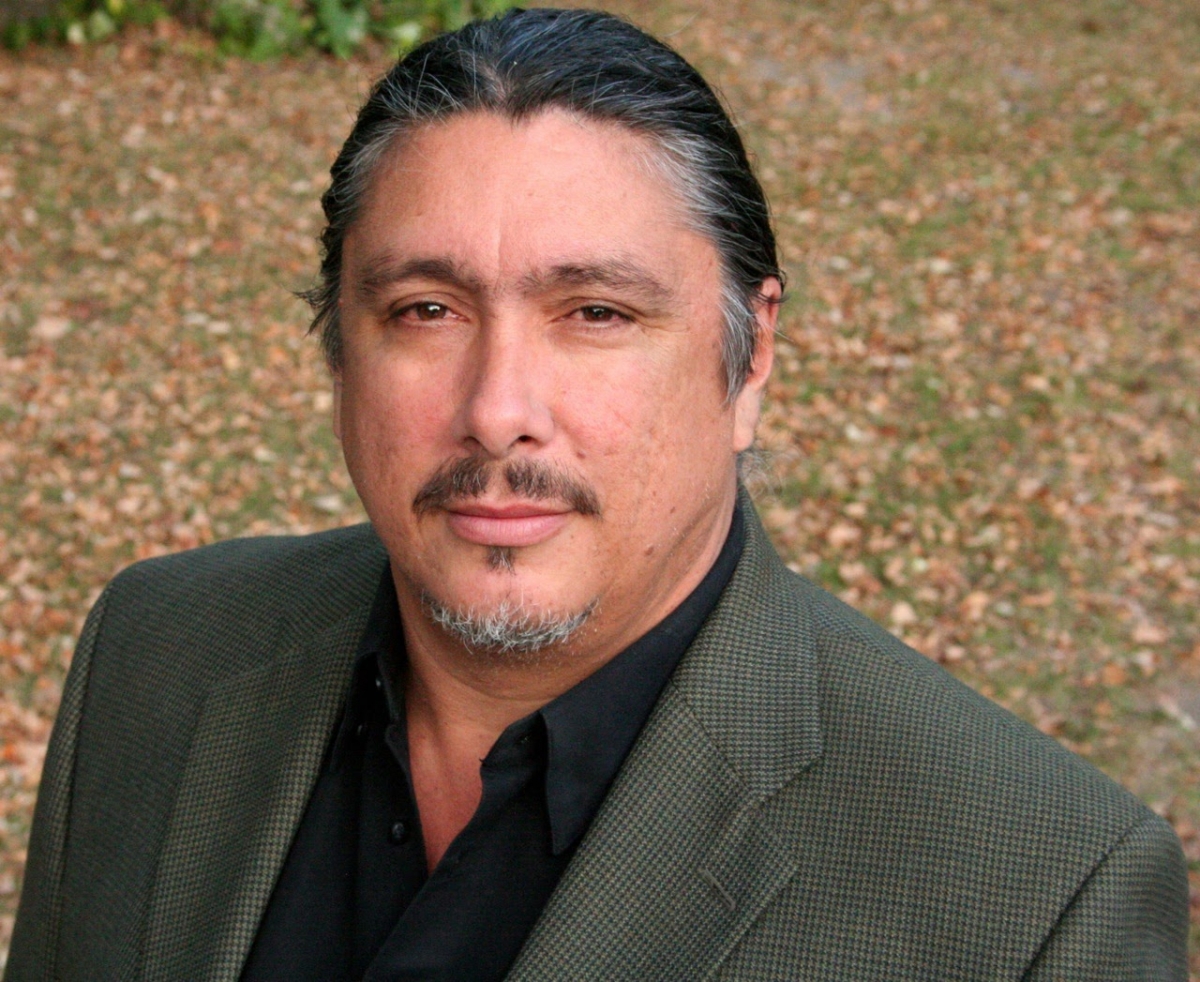
DCI Life Science
LS1 - Structures and Processes
LS2 - Interactions, Energy, and Dynamics within Ecosystems
ETS3 – Links among Engineering, Technology, Science, and Society
Odanah
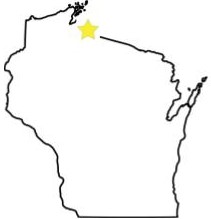
Background and Interest in Science:
From my Native American ancestors, I believe that having a relationship to the animals, fish and land helps people to be better stewards and managers of those resources. Sometimes, this perspective contradicts science, but I believe it is necessary for our continued existence on this planet.
Job Description:
I am the Traditional Ecological Knowledge Specialist at the Great Lakes Indian Fish and Wildlife Commission in Odanah, Wisconsin. My job consists of integrating Anishinaabe language and cultural perspectives into the research and management of fish and wildlife within the Anishinaabe ceded territories of 1837, 1842 and 1854 treaty areas. I have an academic background in biology and forestry, and I also teach the Anishinaabe language.
Race, ethnicity and/or other personal identifiers: Native
Contact: Email - mwaasegiizhig@glifwc.org
Teacher Resources and Reference Materials:
- Traditional Ecological Knowledge - Forming a relationship with Mother Earth, resources hosted by the National Parks Service
- Great Lakes Indian Fish and Wildlife Commission - resource page with videos and publications (can also connect on Facebook)
- Aniishinabe Language Series - series of video lessons on YouTube for the Anishinaabe language
- Josephine Mandamin, Mother Earth Water Walker - In 2003, Anishinaabe Josephine Mandamin began walking around the Great Lakes to raise awareness about water pollution and founded the Mother Earth Water Walkers.
- Plants Have So Much to Give Us, All We Have to Do Is Ask - book on Anishinaabe knowledge and teachings related to a range of plant species
Alexandra Bohman - Forest Ecologist at the Great Lakes Indian Fish and Wildlife Commission
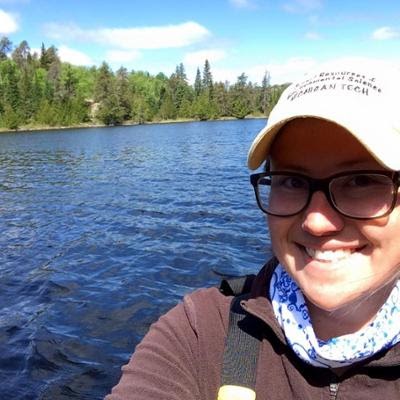
DCI Life Science
LS1 - Structures and Processes
LS2 - Interactions, Energy, and Dynamics within Ecosystems
ETS2 – Links among Engineering, Technology, Science, and Society
Odanah

Background and Interest in Science:
I became interested in science through taking different college classes. I started college as an engineer and started taking various courses in the natural sciences and just felt pulled that direction. I decided to pursue my career because I am a member of a First Nation of Canada, I feel inclined to work to protect the natural world. I felt not only an interest, but an obligation to use my skills to help other tribal communities.
Job Description:
I work to protect and enhance culturally important resources for 11 Ojibwe tribes. My job is specific to forests and forest resources in what are known as the Treaty Ceded Territories. This also includes researching these culturally important species to better understand how we can preserve them for future generations. Basically, we work to protect beings that are important to the Ojibwe for food, medicines, and cultural reasons. We want to ensure that the Ojibwe lifeway is upheld in their traditional homelands.
Race, ethnicity and/or other personal identifiers: First Nation of Canada
Contact:
Email: abohman@glifwc.org
Teacher Resources and Reference Materials:
- Ecological Landscapes of Wisconsin - DNR site detailing the different natural communities, key habitats, aquatic features, and native plants and animals of Wisconsin regions
- Great Lakes Indian Fish and Wildlife Commission - resource page with videos and publications (can also connect on Facebook)
- "First stewards: ecological outcomes of forest and wildlife stewardship by indigenous peoples of Wisconsin, USA" - scientific paper by D. Waller and N. Rio that could be used in a high school science class
- DPI American Indian Studies Program - variety of education resources
Sierra Love - Genetics Student and Research Assistant at UW-Madison
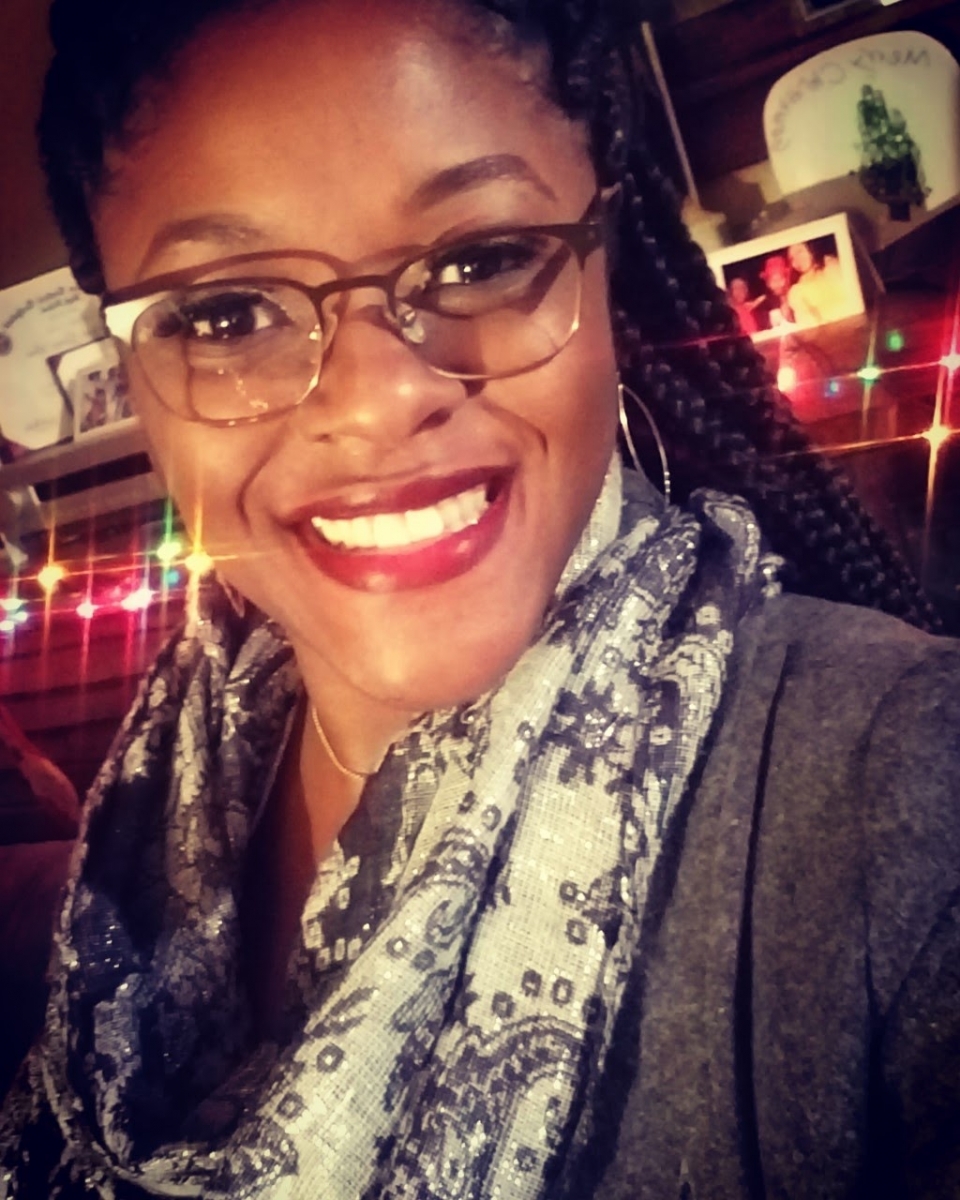
DCI Life Science
LS2 Heredity
LS1 Structures and Processes
ETS1 Engineering design
Madison

Background and Interest in Science:
As a child I knew I wanted to be a scientist. In elementary school I loved science and math classes. The hands-on learning in my science classes inspired me to become a scientist. When I was younger, I would watch the scientists try to solve a crime in the show CSI. I told myself I would become a DNA analyst in a science lab. Now I am a scientist that studies genetics!
Job Description:
I am a genetics student at UW Madison and my research focuses on splicing and how it relates to human disease and cancer. Splicing is a way in which our cells cut out "junk" information within our genes and paste the real message together.
Contact:
Email: Sllove2@wisc.edu
Teacher Resources and Reference Materials:
-
Details on the Hoskins Lab where Sierra Love works - Our lab studies how macromolecular machines are assembled and function. We are primarily focused on the components of the yeast spliceosome and how spliceosomes are built. In addition, we collaborate with a number of laboratories on campus and elsewhere that are interested in RNA biochemistry and/or macromolecular machines. We use a combination of single molecule fluorescence, chemical, and biological tools.
-
PBS Science Trek Video on Heredity - short video on heredity (one minute) appropriate for elementary aged students
-
Generation Genius Video and Lesson Materials - ten minute video and related lesson materials (grades 1-4)
-
Inheritance and Variation of Traits - book by Rose Pemberton discussing how traits are passed from one generation to the next (grades 2-5)
Dr. Lorena Rios Mendoza - Professor of Chemistry at UW-Superior - Superior, WI
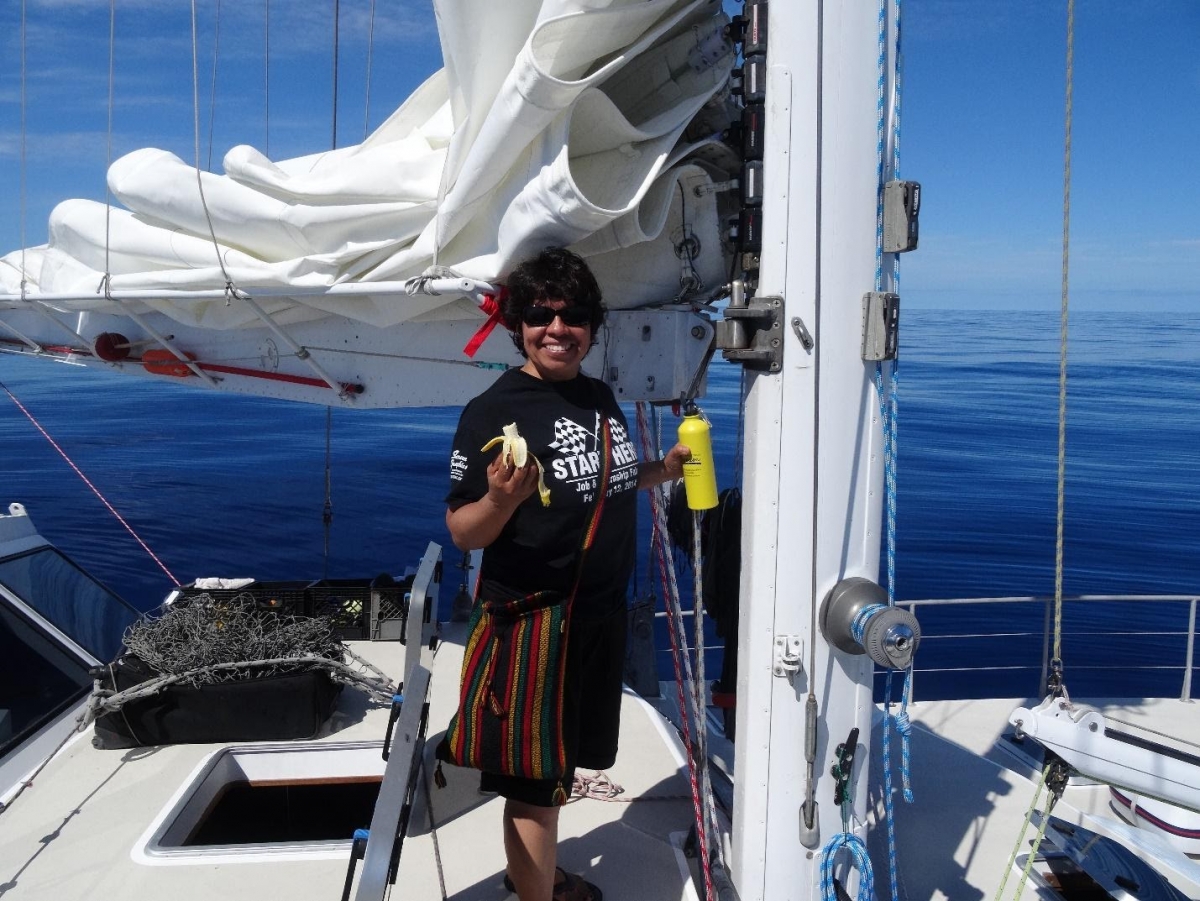
DCI Life Science
LS1.A Structure and Function
LS1.B Growth and Development of Organisms
ETS1 Engineering design
Superior
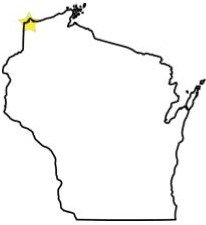
Background and Interest in Science:
I took my first chemistry class when I was in middle school in Mexico, and when my professor wrote in the blackboard the chemical reaction between O2 + 2H2 —>2H2O (Oxygen plus hidrógeno to produce water). My reacción was wow! I want to know more about it!! Since that day I decided to be a chemist! Chemistry is not easy, but it is not impossible. I always compare chemistry with music or dance. In both majors you always need to practice. For example, learning how to play guitar is difficult, tiring, and painful. Same for chemistry, when one cannot solve a problem, it is ok to cry and later dry your eyes and continue solving the problem!
Job Description:
Dr. Lorena Rios Mendoza is an Associate Professor of Chemistry in the Department of Natural Sciences at the University of Wisconsin Superior. She graduated in Mexico with distinction in Doctor of Chemistry Oceanology and her BS is in Chemistry. Dr. Rios expertise is in environmental chemistry pollution. She has been researching marine plastic debris pollution since 2003 in CA beaches and Pacific Ocean. She moved from CA to WI and she started to study plastic debris contamination on the Great Lakes.
Resources from Dr. Rios Mendoza:
- Overview video of her NCIS Forensic Science course; video of her presentation to apublic audience on plastics pollution
Teacher Resources and Reference Materials:
- Inquiry Hub Chemistry Curriculum - free (OER) NGSS/WSS-aligned high school chemistry curriculum
- NGSS Storyline on Chemical Reactions - unit for HS chemistry on endo- and exothermic reactions
- Middle School - Oceans of Plastic - full, free unit reviewed by the NGSS design badge team
- PBS Engineering for Good - middle school (or maybe 4th-9th grade with modifications) unit on solving problem of plastics in oceans, comes from PBS/KQED, about three weeks of lessons
Eric Wilcots - Astronomer, Professor, and Dean of the College of Letters and Sciences at UW-Madison
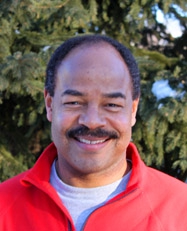
DCI Physical Science
ESS1 Earth's Place in the Universe
ESS2 Earth's Systems
ETS1 Engineering Design
Madison

Background and Interest in Science:
I got a telescope for Christmas when I was eight or nine, and that’s what piqued my interest in astronomy. I remember watching the Voyager 1 [probe] flying by Jupiter for about a week, and there were all these fantastic images coming back from Jupiter. The people looked like they were having fun. I remember thinking, ‘I want to do that!’ Whatever that was, I wanted to be a part of it. I love the sense of discovery. We get to discover things. As a scientist I was fascinated by how the universe works: to be able to see things and understand things that other people have not seen, to be able to see them in a different way, to be able to ask really big blue-sky science questions like, ‘How do galaxies change over time?’ That’s just compelling and fascinating to understand how the universe works and how this planet that we live on got to be here. It’s fascinating (from Madison365, 2019 interview).
Job Description:
My research broadly focuses on understanding the evolution of individual galaxies and galaxy groups primarily through observations at radio wavelengths. Particular topics include Magellanic-type spirals, the evolution of the gas content of galaxy groups, radio AGN, magnetic fields in and around galaxies, and the evolution of the intergalactic medium in groups.
Dr. Wilcots is a full professor in the Department of Astronomy and currently serves as the Dean for the College of Letters and Science at the University of Wisconsin-Madison.
Race, ethnicity and/or other personal identifiers: African-American
Teacher Resources and Reference Materials:
- NASA Data - data from various NASA missions, including images of the Milky Way with various wavelengths
- NASA Education Resources - wide range of lessons and materials across grade levels
- NSTA Curated Materials - a series of curated lessons and resources for the space science content area from grades K-12
- PBS Bringing the Universe to America's Classrooms - series of resources, including media and lessons, from PBS for grades K-12
Serge Koenig - Land and Resources Environment Staff at Wisconsin Land and Water Resources Association
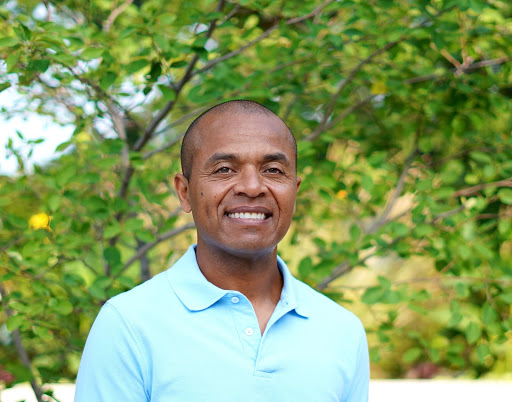
DCI Life Science
ESS3 Earth and Human Activity
ESS2 Earth's Systems
LS2 Interactions, Energy, and Dynamics within Ecosystems
ETS1 Engineering Design
Baraboo
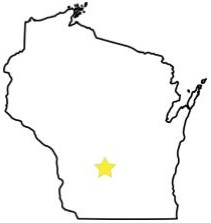
Background and Interest in Science:
I really enjoy spending time outside. I like biking, hiking, hunting, fishing, climbing, camping, and skiing. My love for the outdoors inspired me to protect the outdoors. This is what led me into the science field. It's something that I am passionate about. Newspaper article about Serge Koenig receiving the 2019 Outstanding Conservation Employee Award.
Video Interview of Serge Koenig sharing more about his work and life.
Job Description:
I work to protect our rivers, streams, lakes, soils, forests, wetlands from pollution so that everyone can enjoy those things. This involves talking with many people to help them understand the importance of protecting these natural resources. My job also involves learning about different farming practices that help the environment as well as taking water samples and insect samples from our streams and lakes to see if they are clean or dirty.
Race, ethnicity and/or other personal identifiers: Black
Teacher Resources and Reference Materials:
- U.S. Environmental Protection Agency Educator Page - resources for students and teachers related to the environment, including pollution issues
- Erosion and Soil Video - YouTube video from "funsciencedemos" where Jared explains erosion and shows a possible classroom experiment
- Soil and Soil Dynamics - Bozeman Science video featuring Paul Anderson where he explains soil formation, types of soil, and weathering
- Lesson plan - Farm Runoff and Algae Blooms - this CA Academy of Science lesson aligns to NGSS/WSS and has students model water quality and farm runoff effects (grades 6-11)
Ankur Desai - Scientist and Professor in the Department of Atmospheric and Oceanic Sciences at UW-Madison
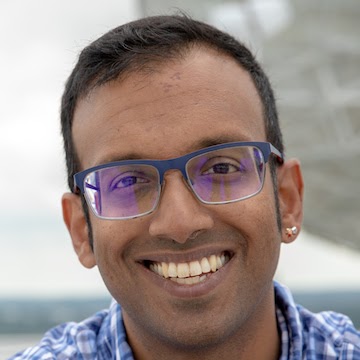
DCI Earth and Space Science
ESS3 Human Impacts
ESS2 Earth's Systems
LS2 Interactions, Energy, and Dynamics within Ecosystems
ETS1 Engineering design
Madison

Background and Interest in Science:
When I was younger, I loved being in the outdoors and nature, but also computer programming and math. These interests led to me to study environmental science and computer science in college. In college, I also got a pilot’s license, and that opened my eyes up to the amazing world of the atmosphere, which you need to know to fly a plane! That experience plus a course I took on global warming led me to specialize in meteorology.
Job Description:
I am a professor at UW-Madison who studies and teaches students about the atmosphere, ecology, and the Earth system. In particular, I look at how ecosystems, like forests or lakes, are affected by weather systems and global warming, and also how those ecosystems modify future weather and climate. The students and staff in my lab do things like build tall towers in forests and wetlands to monitor greenhouse gases here in Wisconsin and all over the world, write and run fancy supercomputer models of climate, and analyze and help develop better ways to understand the Earth with space-borne satellites. Link to Professor Ankur's Ecometeorology Lab.
Teacher Resources and Reference Materials:
- NSTA Curated Lessons - go to the bottom right of this standards page for ESS3 to find a series a curated lessons related to climate change and human impacts for high school, middle school, grade 4, and grade K.
- NOAA Climate Education and Teacher Resources - series of lessons and related videos on our changing climate
- NOAA Climate Datasets - a range of data for secondary students to investigate and analyze
- Washington State ClimeTime Learning Resources - quality, curated and created resources for K-12 classrooms
Jennalynn Waterstradt - Computer/Machine Coding at Alstrom Munksjo
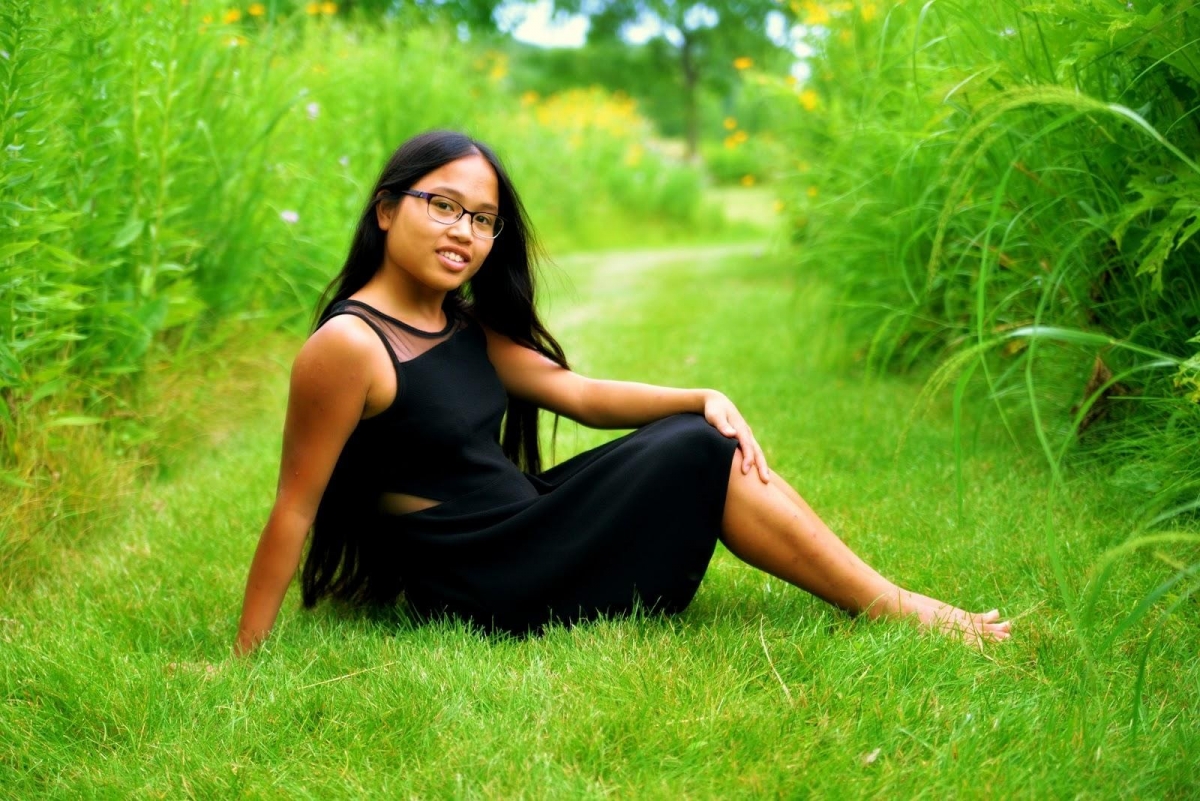
DCI Engineering, Technology, and Applications of Science
ETS1 Engineering design
SEP5 Mathematics and Computational Thinking
Kaukauna/Oshkosh
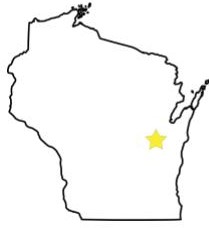
Background and Interest in Science:
I am 21 years old, and I am adopted from Manila Philippines. I enjoy reading, writing, and drawing. I was interested in science at a young age, my adoptive parents taught me to appreciate the beauty of nature, I have always enjoyed learning the reason behind why things work. I used to sit in front of my TV for hours watching NOVA and PBS broadcasts when I was younger. Those times ignited my curiosity for STEM. To this day, I find any way to expand my knowledge in STEM as I go through college.
Job Description:
I am currently a pre-service teacher at UW-Oshkosh, but my summer job is working at an international paper company called Alstrom Munksjo. I code programs for shipping, material handling, and product inventory.
Race, ethnicity and/or other personal identifiers: Philipino
Teacher Resources and Reference Materials:
- Code.org - Hour of Code resources with a wide range of coding programs and activities for K-12
- Scratch - coding program with varying challenge levels for grades K-12
- FIRST LEGO League Robotics - range of LEGO inspired robotics programs for kids from PK-8, as well as FIRST Robotics for high school
Karen DeShong - Elementary Science Teacher at the Hamilton School District
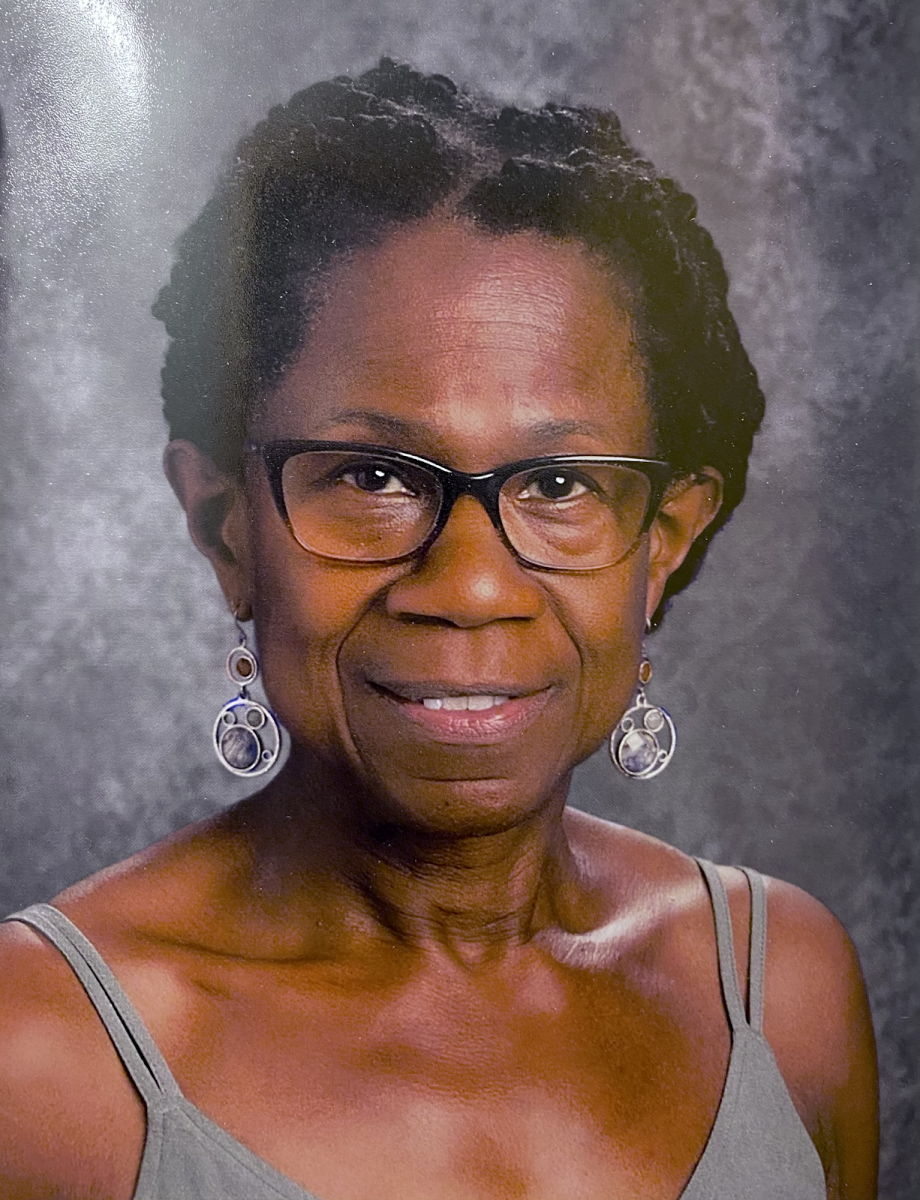
DCI Life, Physical and Earth Science
SEP8 Obtaining, Evaluating, and Communicating Information
Sussex
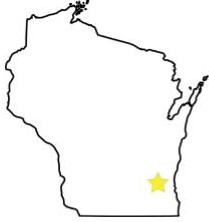
Background and Interest in Science:
I have always wanted to know how and why “things” worked. If I had a choice of books to read as a child, I would select nonfiction. I enjoyed biology, botany, chemistry, physics and astronomy. I explored “treasures” my dad had put in the garage and made samples of biscuits without baking powder. I needed to know what would happen and why. My parents inspired me to continue my education beyond high school. I was the first in my family to receive a college degree, which inspired my nieces and nephews to attend college.
Job Description:
I am a 5th grade Math & Science teacher at Silver Spring Intermediate School. I teach 5th grade Math and Science with about 30 students in my am & pm classes. Earth Science, Astronomy, Ecology, and Physical Science are the main areas we investigate. I enjoy observing my students discover, discuss and question topics we are engaged in. Science allows all students to be involved in the topic.
Race, ethnicity and/or other personal identifiers: Black, African American
Contact:
Email: deshka@hamilton.k12.wi.us
Teacher Resources and Reference Materials:
- Effective Science Communication - tips on discussing and clearly communicating complex topics
- Civic Online Reasoning - series of resources and lessons from Stanford on helping students evaluate online information
- The CRAAP Test - tools and ideas to help students evaluate online resources
- Why Become a Teacher? - quotes from teachers and ideas on why teaching might be the career for you
Emily Mills - Media and PR Manager at The Nature Conservancy
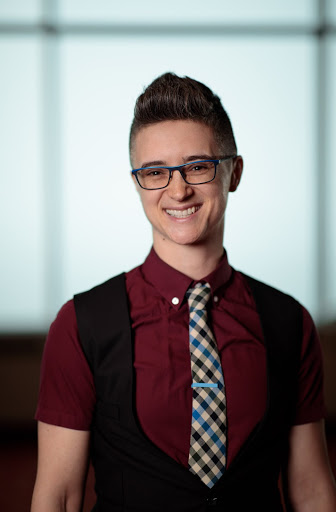
DCI Life Science
LS2 Interactions, Energy, and Dynamics within Ecosystems
ESS3 Earth and Human Activity
ETS1 Engineering Design
SEP8 Obtaining, Evaluating, and Communicating Information
Madison

Background and Interest in Science:
I’ve always wanted to be a writer and storyteller, and though I’m not an actual scientist, I’ve also always been fascinated by science and the natural world. When I was in grade school, I remember being able to confidently reply to the question of what I wanted to be when I grew up with my plan to go to college and major in archeology with minors in geology and paleontology. That… didn’t quite pan out. I discovered over the years that my interests and skills were better suited to helping people communicate and share information with each other. I worked for my college newspaper and learned a lot about rigorous reporting standards. I did a lot of freelance work for years after college before landing a job as the editor of a magazine, and now in my role with TNC. Being a writer has given me an excuse to learn lots of new things every day, from a wide range of people, on a whole bunch of diverse topics – and to help build community, knowledge, and understanding – for which I’m very grateful.
Job Description:
I am based in Madison, Wisconsin and my current work has been providing communications and marketing support for the Wisconsin chapter of The Nature Conservancy. We are a non-profit focused on protecting the lands and waters upon which we all depend. In my job, I get to learn from passionate, informed conservation scientists and land managers about how our work is done and how it impacts everyday Wisconsinites. It’s my task to translate sometimes complex subjects and ideas into language and stories that anyone can relate to and understand. That means I have to work with reporters and editors at a wide array of media outlets, as well as manage our social media, help coordinate and promote events, and other odds and ends. I’m also committed to bringing a DE&I (diversity, equity, and inclusion) lens to everything we do, from representation in our marketing to pushing for environmental justice and equity in our conservation work itself.
Race, ethnicity and/or other personal identifiers: White, Non-binary
Teacher Resources and Reference Materials:
- How Does Science Know What It Knows? - National Academy of Science resources related to evaluating science information for accuracy and general nature of science understanding
- The Nature Conservancy - see some of Emily Mills' work on this website
- EEK! Environmental Education for Kids - this Wisconsin group provides resources and ideas for classes to engage with and explore the world around them; they're connected to Wisconsin's Field Edventures, which has even more resources for educators.
-
EEinWisconsin.org is a clearinghouse for events, resources, and organizations related to environmental education in Wisconsin.
-
Wisconsin Association for Environmental Education (WAEE) - A membership organization that supports networking, advocacy, and recognition
-
Wisconsin Center for Environmental Education (WCEE) - A legislated statewide center located at the University of Wisconsin - Stevens Point focused on PK-12 professional development. Additionally WCEE has kits and trunks available for check out as well.
Tiaira Porter - Student Support Specialist at WISCIENCE, UW-Madison
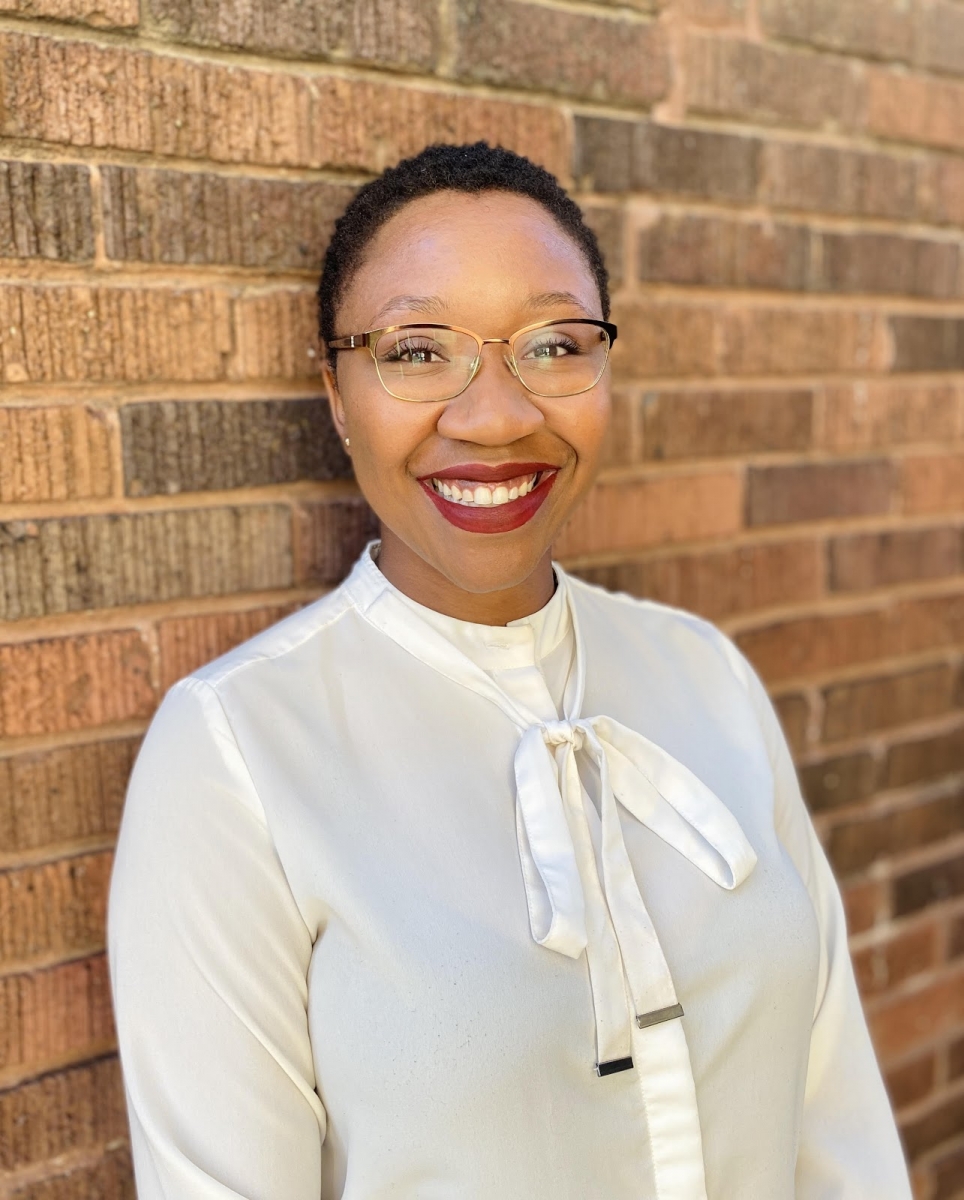
DCI Life Science
LS1 Structure and Function
ETS1 Engineering design
Madison

Background and Interest in Science:
I have always had a passion for science - I remember being a little kid and watching surgery shows on TV. I not only love research, but I love teaching science to others and making sure that all students have access to it.
Job Description:
My research focused on how a protein surrounding the nucleus in brain stem cells, which are important for learning and memory, can change the cell's behavior. The absence of this nuclear protein, nesprin-3, has been shown to increase or decrease the production of other proteins within the stem cell. Link to Professor Moore's lab where Ms. Porter works.
Race, ethnicity and/or other personal identifiers: Black, African American
Contact:
Email: tporter6@wisc.edu
Teacher Resources and Reference Materials:
- National Geographic Brain Games - series of short videos related to how our brain makes sense of the world
- Teach Genetics - University of Utah stem cells teaching resources
- California STEM Cell Agency - includes presentation videos about the use of stem cells to treat a variety of diseases